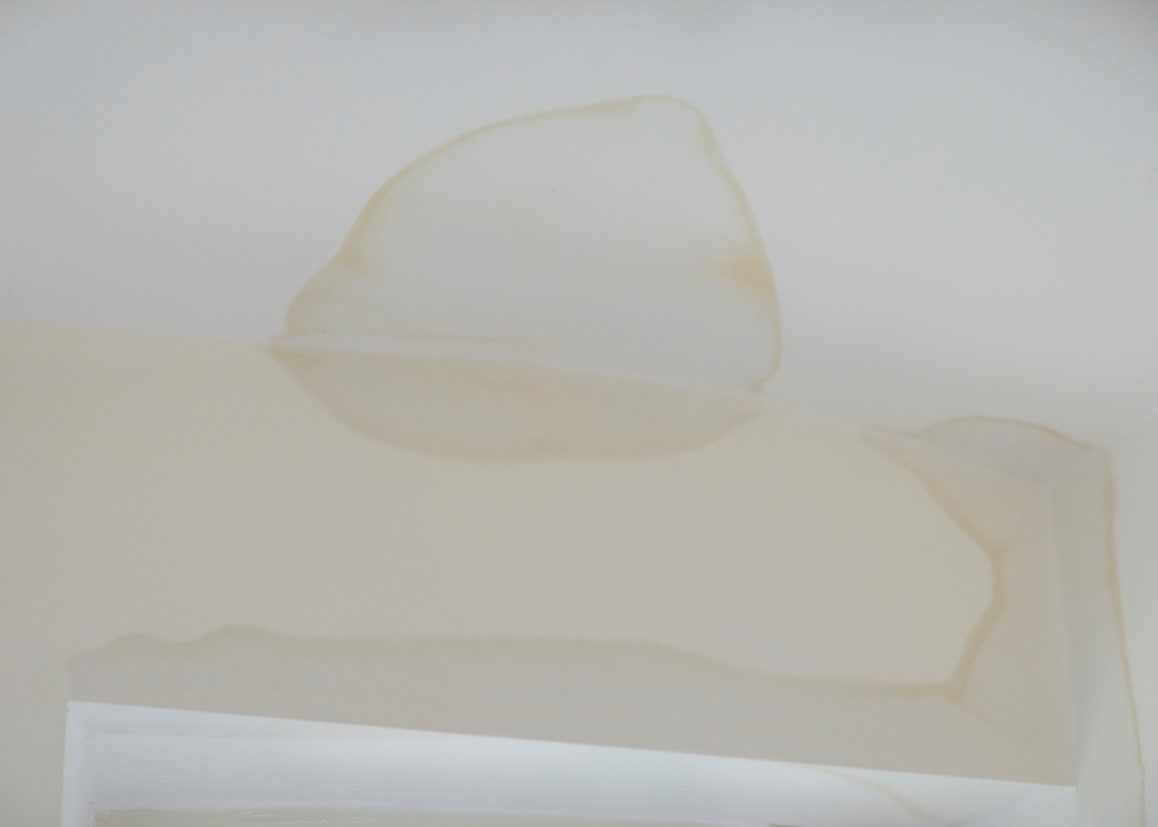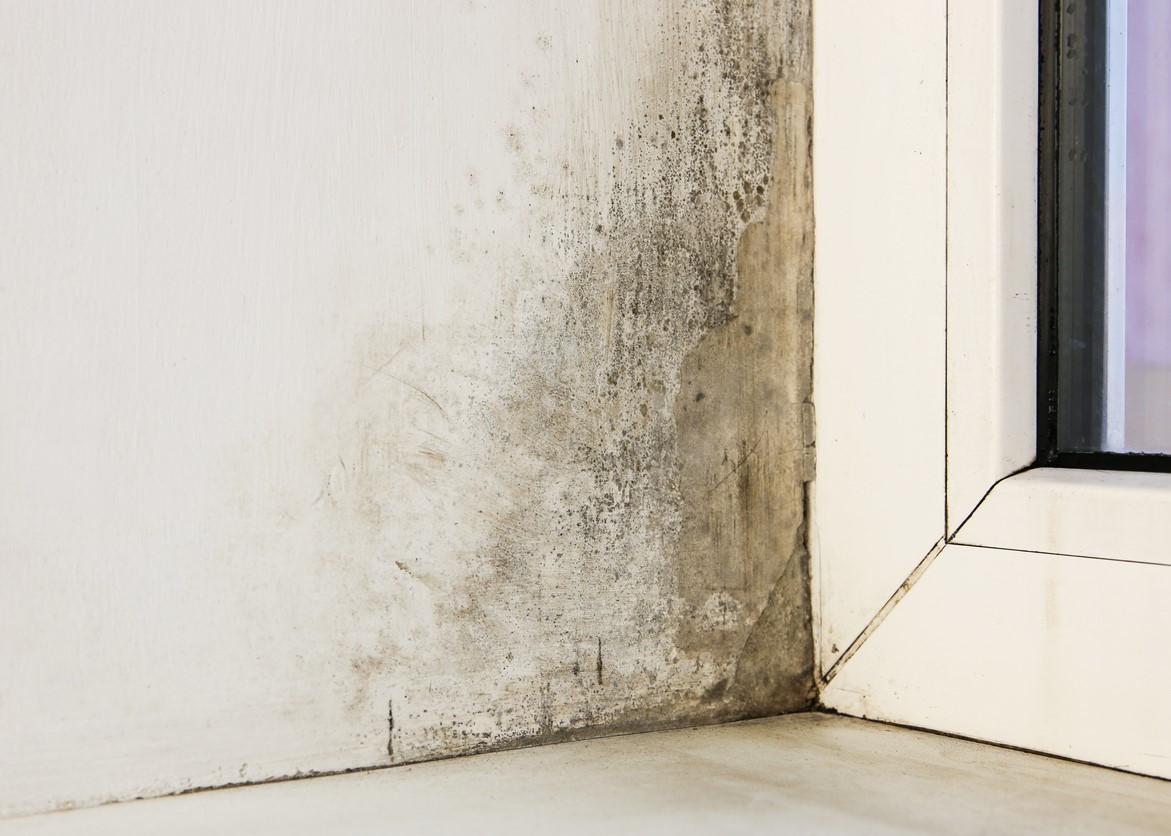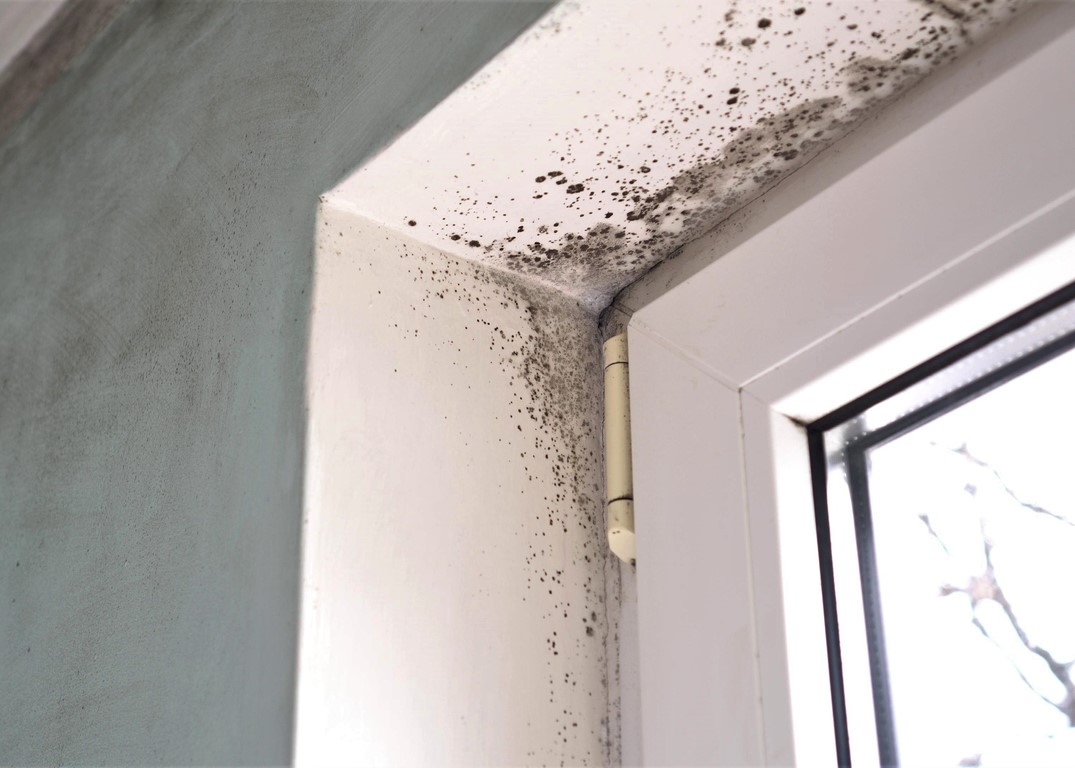Damp, mould and condensation
If you suspect damp, mould or condensation issues in your home, please report this by calling us immediately on 0300 365 1111.
In many homes some levels of condensation will occur, however this doesn’t always mean there is something wrong with your property. There could be numerous reasons for reoccurring condensation, so it’s important we understand the root-cause.
We’ve provided some useful guidance below. However, it is essential that you inform us of your concerns – immediately.
Our commitment to you
- We will thoroughly assess and identify any damp, mould or condensation reported
- We will carry out any repairs, remedial works, and improvements to rectify the problem
- We will provide support on how together we can reduce the levels of condensation in your home through informative and supportive guidance
Learn more about our commitment to tackling damp, mould, and condensation.
Awaab's Law
Awaab’s Law is new legislation requiring social landlords like One Vision Housing to act swiftly and fix reported issues, especially damp and mould, within strict legal timeframes to ensure every customer lives in a safe and healthy home.
Reducing damp, mould and condensation
We’ve provided some advice on reducing damp, mould and condensation; however, it is important that you report any concerns immediately.
By keeping your home heated at a consistent temperature, you may reduce condensation. If you are impacted by the cost-of-living crisis – please click here for further guidance on how we may able to support you this winter.
Opening your windows when showering and cooking can help reduce moisture and improve ventilation.
Your kitchen or bathroom may already have ventilation fans installed; this can help reduce the levels of condensation. We’re continuing to work with our customers to install fans, vents and positive input ventilation units to help air circulation when and where required.
Through the cleaning of surfaces, especially windows, windowsills and walls this can help prevent mould.
Watch our helpful video for top tips to reduce damp, mould and condensation in your home.
If you need assistance understanding the information in this video, please contact us.
Frequently Asked Questions
-
What should I do if I have health concerns?
Customers who are concerned about their symptoms should seek advice from a healthcare professional. This includes:
- People with a pre-existing health condition (for example allergies, asthma, COPD, cystic fibrosis, other lung diseases and cardiovascular disease)
- People of all ages who have a weakened immune system, such as people who have cancer or are undergoing chemotherapy, people who have had a transplant, or other people who are taking medications that suppress their immune system
- People living with a mental health condition
- Pregnant women, their unborn babies and women who have recently given birth
- Children and young people
- Older people
- People who are bedbound, housebound or have mobility problems making it more difficult for them to get out of a home with damp and mould and into fresh air
-
What are the different types of damp?
Damp is generally caused by a fault in the structure of the building. There are two basic types of damp:
- Penetrating damp happens when water enters your home through an external defect (for example, a crack in a wall or a loose roof tile)
- Rising damp is when there is a problem with the damp proof course or membrane and water rises from the ground into the walls or floor
-
Is it condensation?
Condensation is not the only cause of damp. It can also come from:
- Leaking pipes, overflows and wastes
- Rain seeping through the roof where a tile or slate is missing, spilling from a blocked gutter, penetrating around window frames, or leaking through a cracked pipe
- Rising damp due to a defective damp course or because there is no damp-course
- Damp proof course being ‘bridged’ by soil piled against the outside wall
-
What is condensation?
You will always find moisture in the air, even though it’s not visible to the eye. If the air gets colder, it cannot hold all the moisture and tiny drops of water appear, you will find this is most common around the windows in your home, this is condensation.
Condensation mainly occurs during the colder months, whether it is raining or dry.
-
Where can I expect to see condensation?
It can be mostly found on the windows, mirrors and generally cold surfaces such as tiles. You can see condensation in the form of water droplets, this can then soak into walls causing damp and mould.
-
What should I do if I suspect my home has damp, mould and condensation?
It is important you report this to us immediately. We’ll ensure we assess and identify any damp, mould or condensation concerns in your home, and work together to rectify the problem.
-
What does damp and mould look like?
Here are examples of how damp and mould can appear in a home.



-
Do you have a damp, mould and condensation policy?
To ensure that we meet all legal requirements associated with keeping properties in a good state of repair we operate in line with our Damp, Mould and Condensation Policy.
-
Do you have a Housing Ombudsman self-assessment?
Following the completion of our Housing Ombudsman self-assessment, we remain committed to making further improvements to our approach to damp, mould and condensation. Read the assesment in full here.

